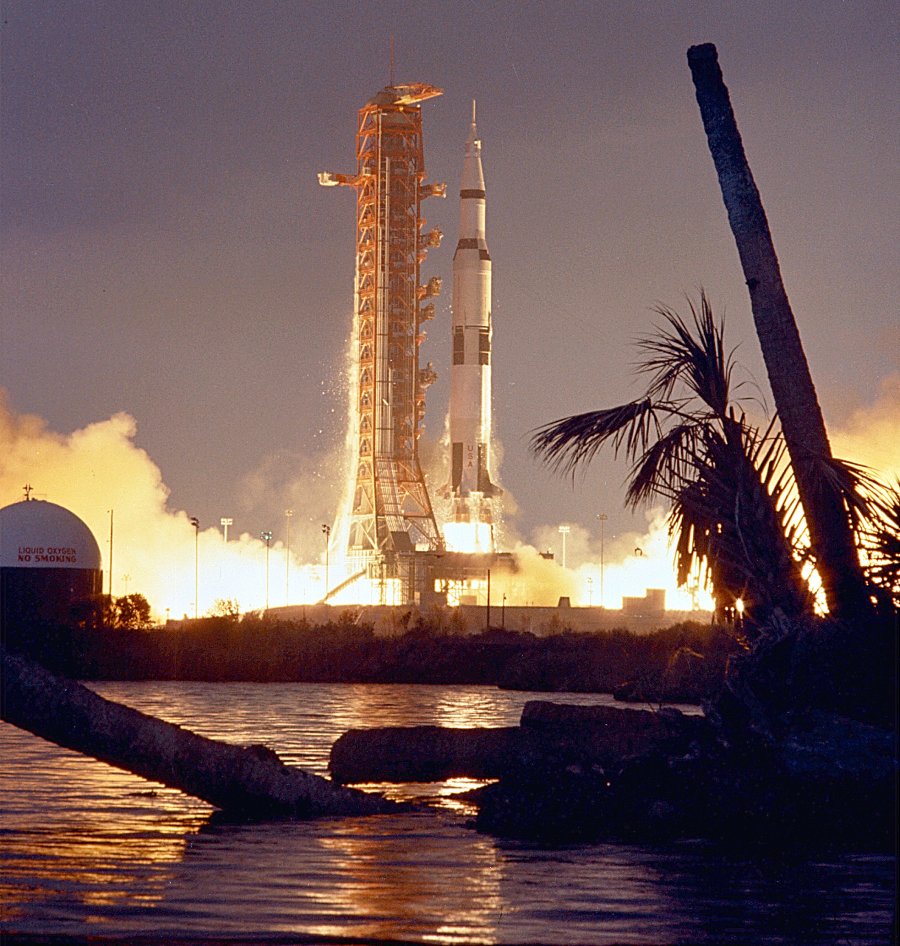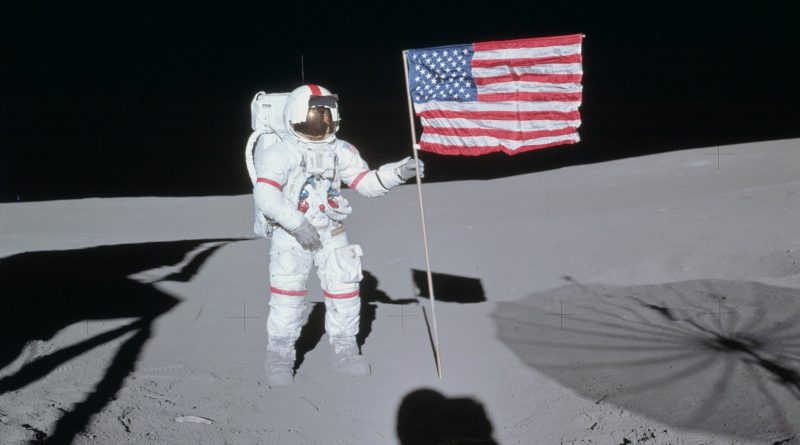January 31 in U.S. military history
1865: Robert E. Lee is promoted to General-in-Chief of the Armies of the Confederate States. Lee is the only man to hold the prestigious rank during the Confederacy’s brief existence.
1917: Kaiser Wilhelm orders the Imperial German Navy’s fleet of 105 U-boats to resume their campaign of unrestricted submarine warfare, effectively causing the United States to enter World War I. No vessel – civilian or naval – is safe, and war’s end, German subs will have sent 5,000 ships to the bottom.
1945: U.S. Army Private Eddie Slovik is executed by firing squad near Sainte Marie-aux-Mines, France for abandoning his rifle company after admitting he is “too scared” for combat. Gen. Dwight Eisenhower personally signs the execution order to discourage further desertions. To date, Slovik remains the only American shot for desertion since the Civil War.
1950: To regain the upper hand in the nuclear arms race, President Harry S. Truman announces a program that would create a thermonuclear weapon, many times more powerful than the atomic weapon the Soviet Union recently tested.
1971: A Saturn V rocket lifts off from Cape Canaveral, carrying Alan Shepard (USN), Stuart Roosa (USAF), and Edgar Mitchell (USN) on NASA’s third manned mission to reach the lunar surface. The crew of Apollo 14 spend two days on the moon and ten years after becoming the first American in space, Shepard becomes the first person to hit a golf ball on the moon, sending it “miles and miles and miles.” It actually just traveled a short distance.

Shepard was one of the original Mercury 7 astronauts, and at 47, was the oldest of the 12 astronauts to set foot on the moon. After graduating from the U.S. Naval Academy (Class of 1944), Shepard served as a gunnery officer aboard the destroyer USS Cogswell in the Pacific Theater during World War II. He then earned his aviator’s wings and flew F4U Corsairs before becoming a test pilot.
Roosa was a smoke jumper before joining the Air Force, and he served as a test pilot and flew fighters before joining NASA.
Edgar Mitchell flew land-based patrol planes before transitioning to a carrier pilot, flying A3D Skywarriors and later, becoming a research pilot. Staying behind in the command module Kitty Hawk was Stuart Roosa, who worked as a smokejumper before joining the Air Force, parachuting out of airplanes to fight forest fires. He flew F-84 Thunderjets and F-100 Super Sabres before becoming a test pilot.
1991: Specialists Melissa Rathburn-Nealy and David Lockett of the 233rd Transportation Company are hauling a repaired vehicle through the Saudi town of Khafji when their column makes a wrong turn. Finding themselves in the middle of an armor battle between Iraqi and Coalition forces, the vehicles attempt to evade the incoming gunfire, but the vehicle driven by Rathburn-Nealy’s becomes stuck in the sand. Once nearby Marines organize a rescue party, they arrive at the scene to find the vehicle’s wheels still spinning — but the soldiers and weapons had already been taken. A captured Iraqi prisoner later reveals that Rathburn-Nealy and Lockett are whisked away to an Iraqi command center at Basra, possibly being used as human shields by Saddam Hussein to protect his important sites. The soldiers are released in March.
